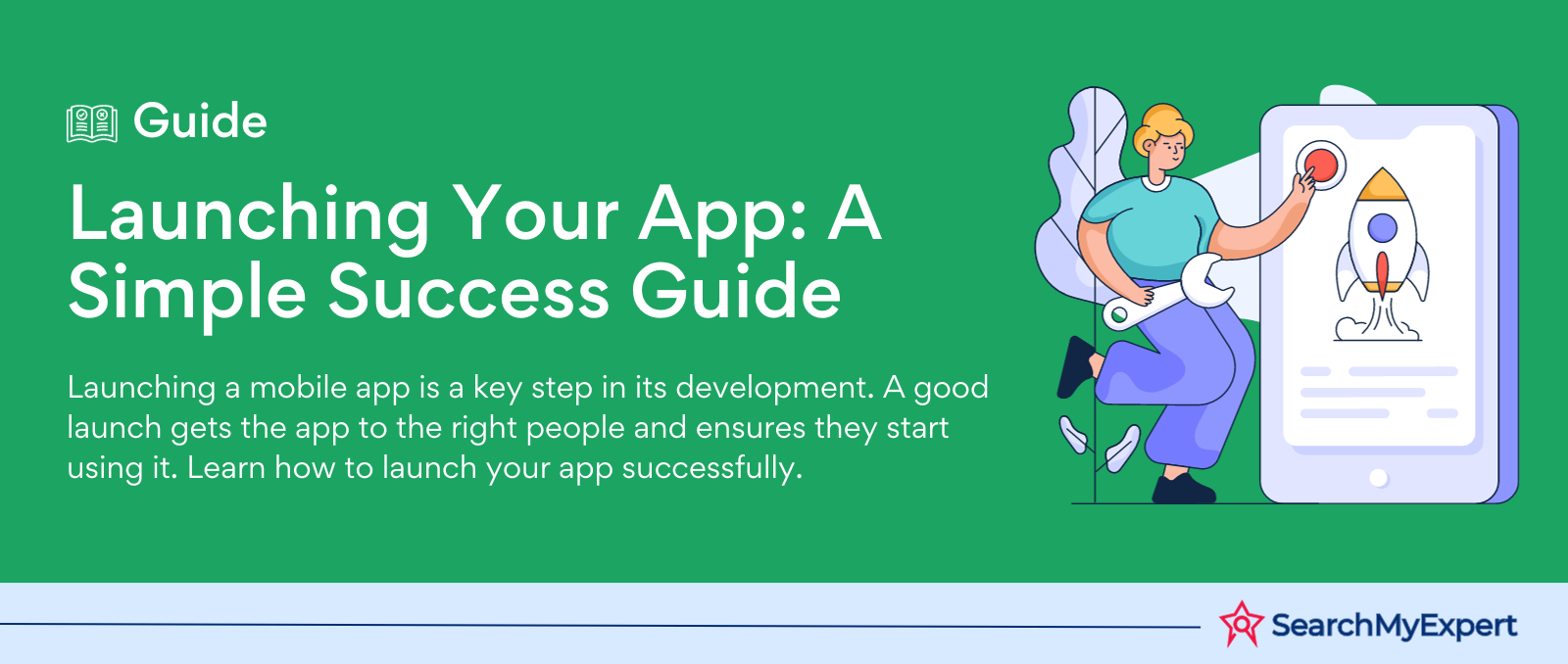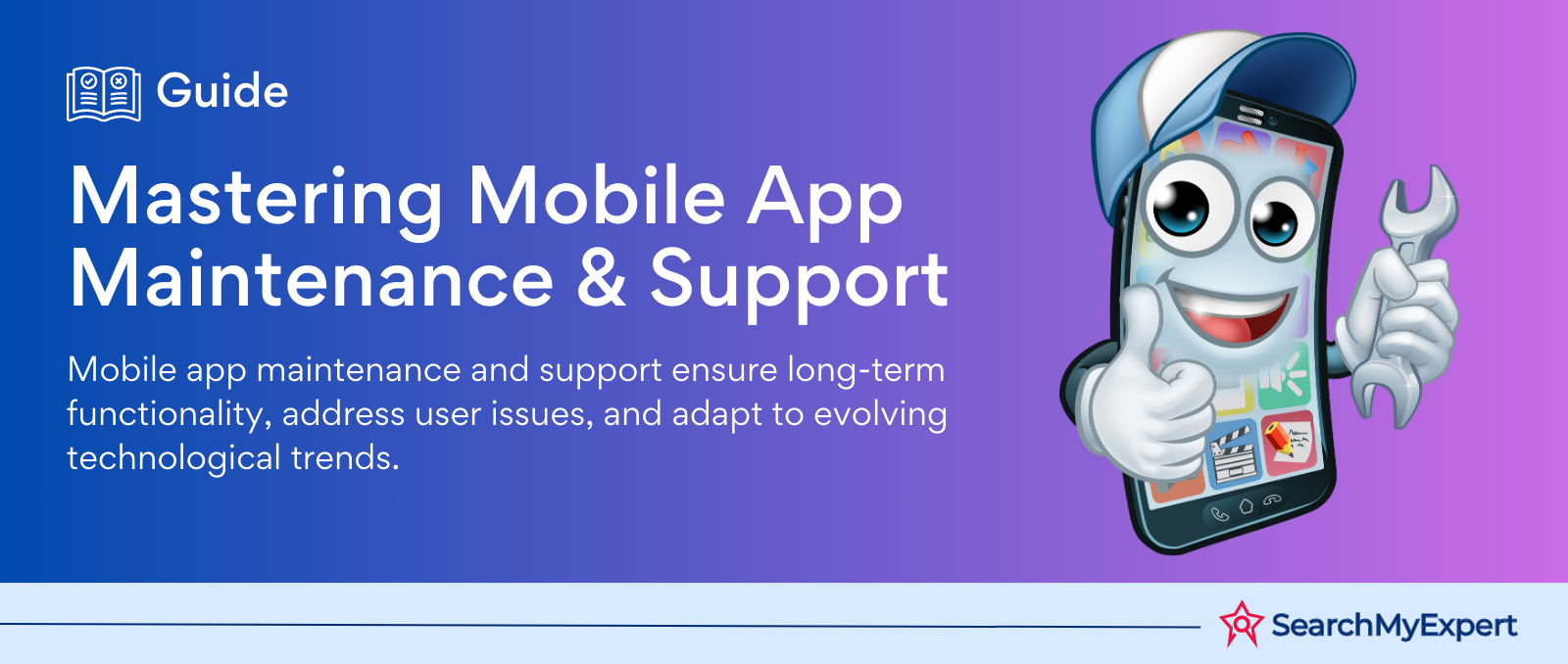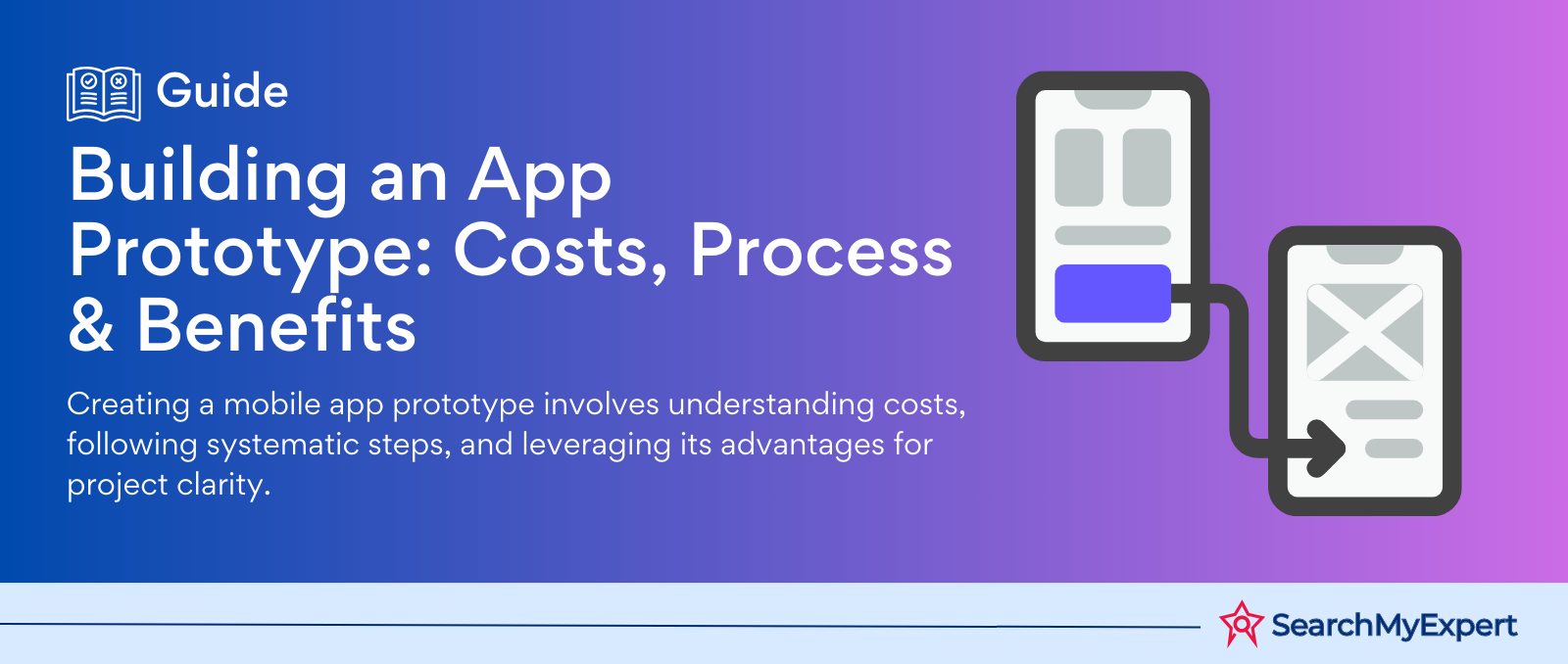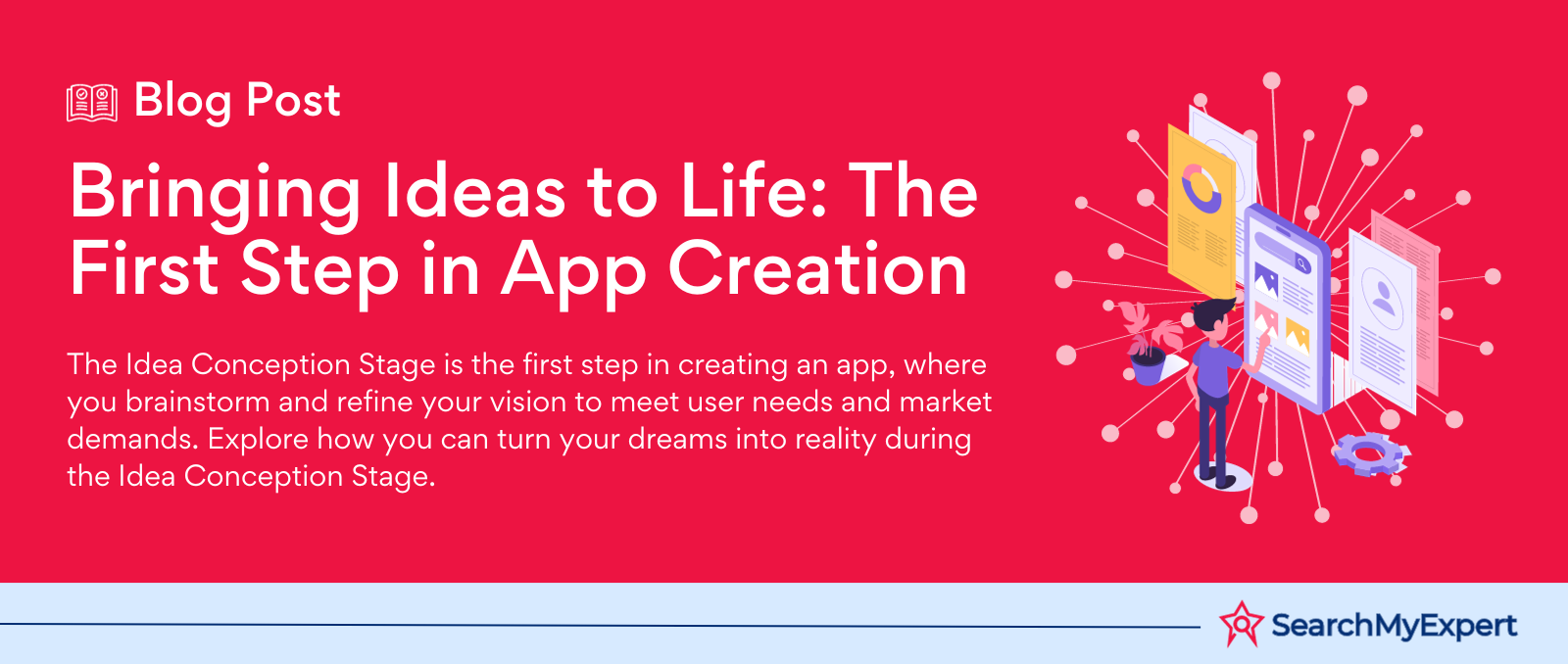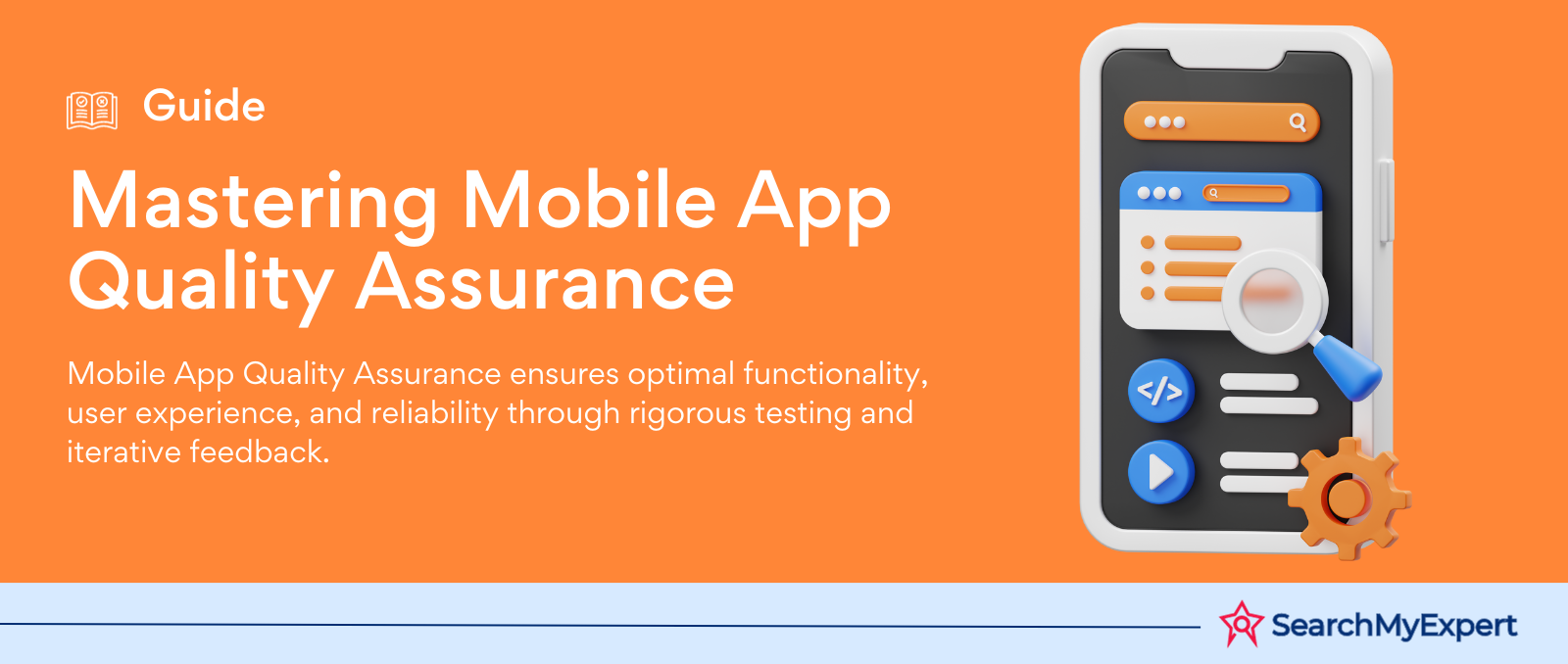Hey there, awesome visitor! 👋 Our website is currently undergoing some nifty upgrades to serve you even better. But don't worry, we'll be back before you can say "SearchMyExpert rocks!"
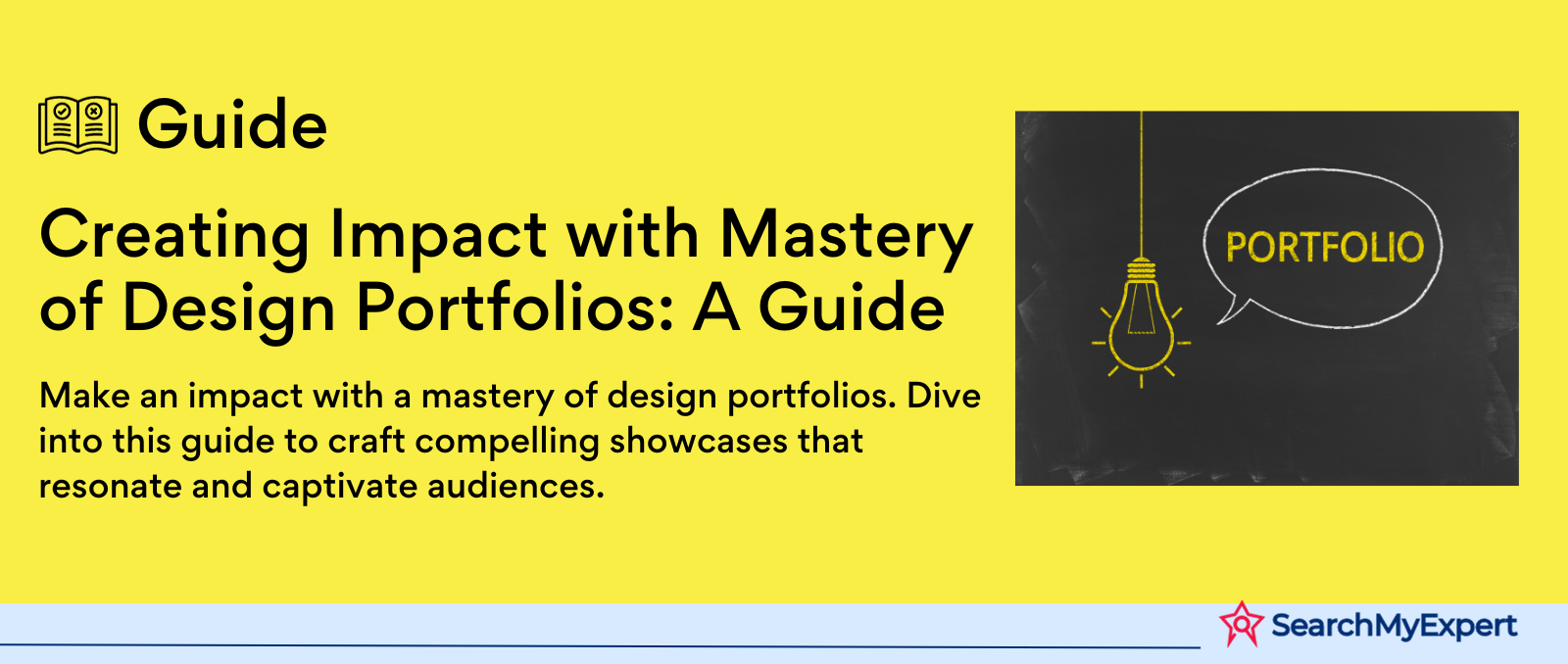
Crafting a Distinctive Design Identity: A Journey of Creativity and Expertise
Headline: Unleashing Creativity, One Design at a Time
Imagine a world where design is not just seen but felt, where each creation is a story waiting to be told. That's the essence of my design philosophy - to create experiences that aren't just visually appealing but emotionally resonant.
Elevator Pitch: My Design Odyssey
Embarking on a design journey that started as a flicker of curiosity, I have traversed through various realms of creativity. My career aspirations are anchored in the desire to innovate and inspire. From conceptual sketches to digital masterpieces, my path has been a tapestry of learning, evolving, and creating impactful designs.
Visual Identity: Crafting a Unique Brand Language
Visual identity is more than a logo or a color palette; it's the heartbeat of a brand. My approach is to blend unique fonts, vibrant colors, and imagery that tells a story, creating a personal brand that's not only recognizable but memorable.
Showcase Your Work
Project Selection: Diverse Skills, Real Solutions
Selecting projects is like curating an art exhibition. Each piece reflects a different skill, a different challenge overcome. I choose projects that highlight not just my design abilities but also my problem-solving prowess - projects where design meets purpose and functionality.
Example Project: "Eco-Connect App"
- Challenge: Design a user-friendly app to promote sustainable living.
- Solution: A clean, intuitive interface with engaging graphics, encouraging user interaction and promoting environmental awareness.
Case Studies with Real-Life Examples: Narratives of Impact
Each project is a story, a journey from a problem to a solution. These case studies aren't just showcases of my work; they are narratives that highlight the user experience (UX) process and its impact.
Case Study: "Revamping a Local Library's Digital Presence"
- Problem: Outdated website leading to decreased user engagement.
- Solution: A complete redesign focused on user-friendly navigation and modern aesthetics, resulting in increased online traffic and user satisfaction.
Visual Storytelling: The Art of Presentation
The power of visual storytelling lies in its ability to convey complex ideas simply and engagingly. Through high-quality screenshots, interactive prototypes, and clear annotations, I not only showcase my designs but also the thought and process behind them. This approach not only displays the end product but also the journey of creation, making each design a narrative in itself.
Visualization Example: "Healthcare App Interface"
Description: Screenshots of the app's user interface, highlighting the ease of navigation and the efficient layout. Annotations explain design choices and how they enhance user experience.
Demonstrating Design Thinking: A Blend of Creativity and Strategy
Demonstrate Your Design Thinking
Process Overview: A Method to the Creativity
Design, at its core, is about solving problems with creativity and precision. My methodology is a blend of intuition and strategy, creativity and analytics. Here's a glimpse into the tools and processes that form the backbone of my design thinking:
- User Research: Understanding the audience is key. I dive deep into user personas, conduct surveys, and immerse myself in the user's world.
- Wireframing: This is where I sketch the blueprint of the design. It’s a rough draft, a visual guide that represents the skeletal framework of the project.
- Prototyping: Here, ideas take a more tangible form. Prototypes are developed to test and refine the concepts.
- User Testing: An iterative process where feedback is crucial. I conduct A/B testing, and usability tests, and gather data to refine and perfect the design.
- Final Design: Integrating all feedback, the final design is a refined, user-centered solution that is both aesthetically pleasing and functional.
Emphasize Problem Solving: From Insight to Impact
Design thinking is not just about creating; it's about solving. It's a process where user needs are at the forefront, and solutions are tailored to meet these needs effectively.
Real-Life Problem-Solving Example: "Redesigning a Food Delivery App"
- Challenge: Users found the app interface cluttered and confusing.
- Solution: A simplified interface with clear categories and an intuitive checkout process. User feedback was integral in this redesign, leading to an interface that was not only easier to navigate but also more visually appealing.
Results and Metrics: Measuring Design Success
The true measure of a design's success lies in its impact. Here are some key metrics and results from my projects:
- Increased User Engagement: For the food delivery app, post-redesign metrics showed a 30% increase in user engagement and a 25% increase in order completion.
- Improved User Satisfaction: User surveys post-redesign reflected a 40% increase in user satisfaction rates.
- Enhanced Efficiency: The streamlined checkout process reduced the average order time by 15%, demonstrating improved efficiency.
These metrics are a testament to the effectiveness of a well-thought-out design process. They quantify the positive impact of design decisions and validate the importance of a user-centered approach in design thinking.
Make It User-Friendly
Intuitive Navigation: Crafting a Seamless User Experience
In the digital realm, navigation is your guide, your map. It's crucial that my portfolio mirrors this principle. Here’s how I ensure intuitive navigation:
- Clear Project Categories: Each project is a unique story. I categorize these stories for easy browsing, making it a breeze for visitors to find what they're interested in.
- Search Functionality: Sometimes, you know exactly what you're looking for. That's where a robust search function comes in, letting users quickly pinpoint specific projects or skills.
Example: Organized Portfolio Layout
Projects are grouped under distinct categories like 'Web Design,' 'App Development,' and 'Branding,' each with a descriptive preview.
Mobile Responsive: Optimized for On-the-Go Access
In a world where mobile is king, having a portfolio that adapts to smaller screens is non-negotiable. Here’s my approach:
- Responsive Design: The portfolio automatically adjusts to any screen size, ensuring a seamless experience whether on a desktop, tablet, or smartphone.
- Touch-Friendly Interface: Large, easy-to-tap buttons and swipe-friendly image galleries make mobile browsing effortless.
Example: Mobile-Friendly Features
Features such as collapsible menus and touch-friendly sliders cater to the mobile audience, ensuring functionality and aesthetics are in harmony.
Call to Action: Bridging the Gap Between Viewer and Creator
A portfolio is more than a showcase; it's a point of connection. Here's how I invite interaction:
- Contact Form: A simple, clear contact form is prominently placed, inviting inquiries and collaborations.
- Social Media Links: Direct links to my professional social media profiles offer another channel for engagement and provide a glimpse into my design journey.
Example: Engaging Contact Page
The contact page includes a form with minimal fields and social media icons, ensuring that getting in touch is just a click away.
Show Your Personality
Beyond Projects: Infusing Your Essence into Every Pixel
A portfolio is not just about showcasing projects; it's about showcasing you. Here's how I bring a personal touch to mine:
Blog Posts: Sharing Insights and Experiences
Writing blog posts allows me to share my thoughts on design trends, my creative process, and lessons learned. It’s a window into my world, inviting readers to understand the person behind the designs.
Example: Blog Post on "Sustainable Design Practices"
In this post, I delve into how sustainability can be embedded into design, reflecting my commitment to eco-friendly practices.
Testimonials: Voices of Trust and Collaboration
Including testimonials from clients and colleagues adds credibility and gives a glimpse into how I work with others. It's not just what I say about my work; it's what others say too.
Example: Client Testimonial on Website Redesign
A testimonial highlighting how my design significantly improved the user experience of a client’s website, adding a layer of trust and professionalism.
Hobbies and Interests: The Person Beyond the Professional
Sharing my hobbies and interests, like photography or volunteering, offers a holistic view of who I am. It shows that my design passion extends beyond the screen.
Example: Photography Portfolio
A section dedicated to my photography, showcasing another aspect of my creative expression and attention to detail.
Engaging Writing: Clarity Meets Creativity
In every word I write, whether in blog posts or project descriptions, I strive for clarity and conciseness. Effective communication is key, and I ensure my writing is accessible, engaging, and reflective of my design ethos.
Authentic Voice: Unapologetically Unique
The most compelling aspect of my portfolio is its authenticity. I’m not afraid to let my unique voice and personality shine through. It's not just about being remembered; it's about being remembered for the right reasons.
Test and Iterate
Seek Feedback: The Power of Constructive Criticism
Feedback is the compass that guides a designer towards improvement. Here’s how I incorporate it into my process:
Peer Reviews: Insights from Fellow Designers
I regularly reach out to fellow designers for their perspectives. Their technical insights often shed light on areas that can be polished or rethought.
Example: Peer Feedback Session
Organizing monthly review sessions with a network of designers, where we critique each other’s portfolios, offering constructive feedback.
Mentor Guidance: Learning from Experience
Mentors bring a wealth of experience. Their feedback is invaluable in refining not just the portfolio, but also my approach to design.
Example: Mentorship Meetings
Regular meetings with my mentors to discuss and evaluate the latest updates to my portfolio, gaining insights from their seasoned perspectives.
Analyze User Behavior: Data-Driven Refinements
User behavior analytics are a goldmine of information, providing real-world feedback on how users interact with my portfolio.
Website Analytics: Understanding User Journeys
By analyzing metrics like page views, bounce rates, and user flow, I can understand how visitors navigate my portfolio and make data-driven improvements.
Example: Analytics Review
Using tools like Google Analytics to track user interaction, identifying popular projects and pages where users drop off, guiding targeted refinements.
Continuous Improvement: Evolving with the Times
Stagnation is the enemy of innovation. My portfolio is a living entity, continually evolving with new projects, updated content, and in tune with the latest design trends.
Staying Current: Embracing New Trends
By staying abreast of the latest design trends and technologies, I ensure my portfolio remains relevant and engaging.
Example: Quarterly Portfolio Update
Regularly updating my portfolio with new projects, and blog posts, and incorporating new design trends and technologies.
Promote Your Portfolio: Visibility is Key
A great portfolio is only as good as the number of people who see it. Here's how I ensure mine gets the exposure it deserves:
Social Media Sharing
Social media is a powerful tool for reaching a wide audience. I regularly share my portfolio on platforms like LinkedIn, Instagram, and Twitter, tapping into different networks and communities.
Example: Instagram Posts
Regular posts showcasing my latest projects, with a link to my portfolio in the bio.
Design Communities and Job Boards
Being active in online design communities and job boards is crucial. I share my work on platforms like Behance, Dribbble, and design-centric job boards.
Example: Behance Project Showcase
Uploading new projects to Behance, engaging with the community, and linking back to my full portfolio.
Network Actively: Building Relationships
Networking isn't just about meeting people; it's about building relationships that can open doors.
Industry Events
Attending industry events, whether online or in-person, provides opportunities to connect with like-minded professionals and potential clients or employers.
Example: Design Conferences
Participating in conferences, either as an attendee or a speaker, to meet industry experts and showcase my work.
Connecting with Recruiters
I proactively reach out to recruiters in my field, sharing my portfolio and discussing potential opportunities.
Example: LinkedIn Outreach
Using LinkedIn to connect with recruiters and industry professionals, sharing updates about my work and portfolio.
Be Confident: Your Work Speaks for You
Confidence in my skills and the value I bring is key. I let my portfolio speak for itself, showcasing my expertise and the unique perspective I bring to the table.
Conclusion
As we reach the end of this exploration, it’s clear that building an effective and memorable design portfolio is both an art and a science. From showcasing your unique design philosophy and expertise to making your portfolio user-friendly, each step is integral in painting a comprehensive picture of your skills and vision.
The Art of Personal Branding: Your portfolio is more than a collection of projects; it's a reflection of your journey, your growth, and your passion for design. It’s about creating a narrative that resonates with your audience, be it peers, mentors, or potential employers.
A Testament to Adaptability: The inclusion of user-friendly features and responsiveness highlights your adaptability and consideration for the user's experience, demonstrating that you're not just a creator, but a thoughtful innovator.
The Power of Personality: Your portfolio becomes truly compelling when it transcends beyond the professional realm and provides a glimpse into your personality. It’s about building a connection, telling your story, and making your mark in the world of design.
Continuous Evolution: Remember, a portfolio is never static. It evolves as you evolve, growing with each new project, each piece of feedback, and every creative breakthrough. It’s a living testament to your commitment to excellence and your journey in the ever-evolving world of design.
Experience the art of UX with our UX Design Company.
Other Related Blogs
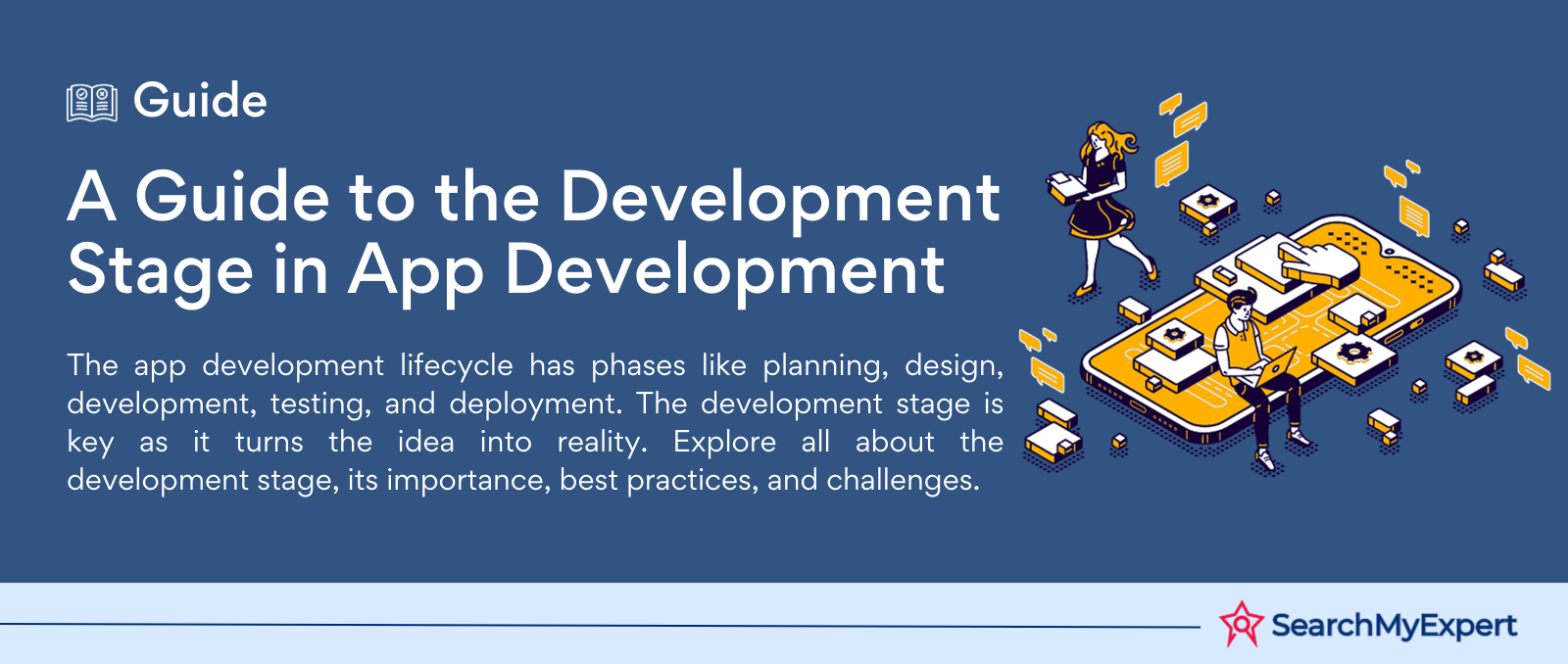

Mastering Docker for App Development: A Comprehensive Guide to Benefits, Use-Cases, and Alternatives
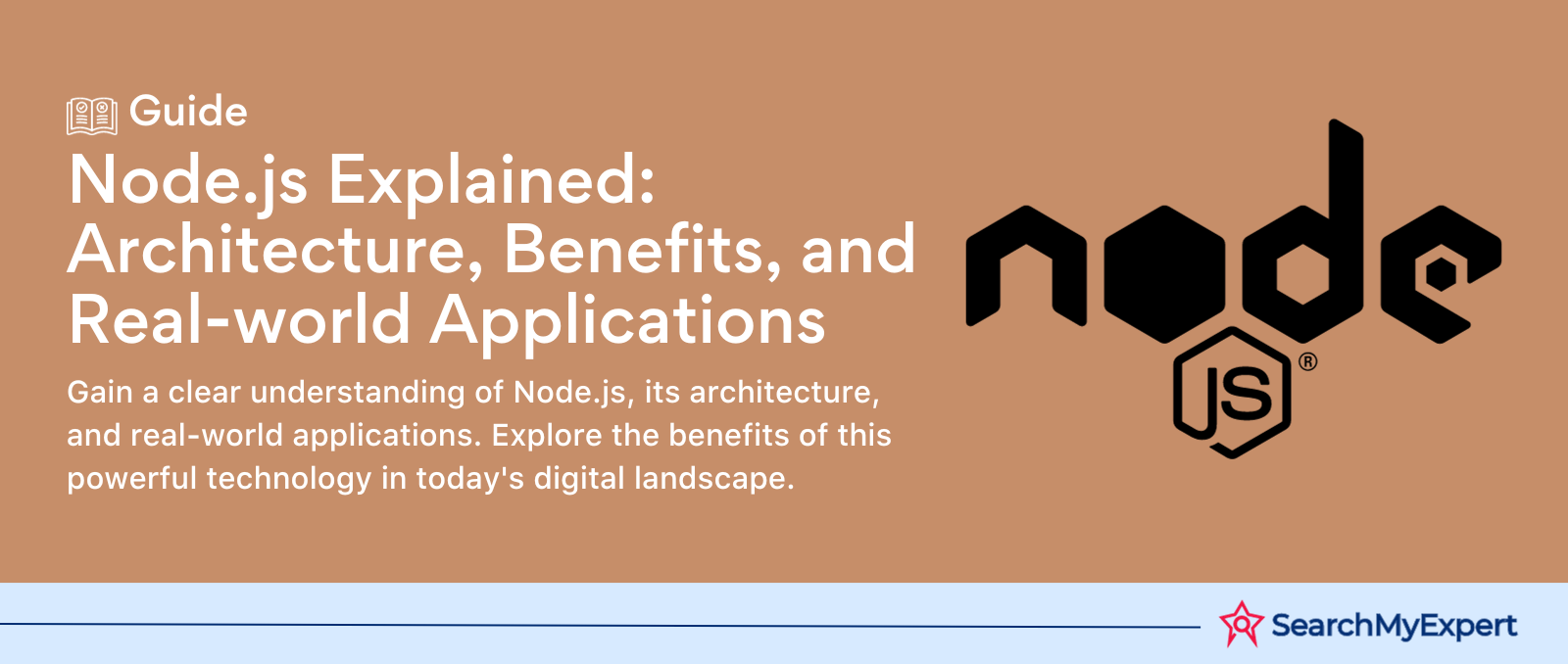
STAY UP TO DATE
GET PATH'S LATEST
Receive bi-weekly updates from the SME, and get a heads up on upcoming events.
Contact Us
We will get back to you as soon as possible.
Please try again later.


Find The Right Agencies
SearchMyExpert is a B2B Marketplace for finding agencies. We help you to describe your needs, meet verified agencies, and hire the best one.
Get In Touch
WZ-113, 1st Floor, Opp. Metro Pillar No- 483, Subhash Nagar - New Delhi 110018
About Us
For Agencies
Benefits Of Listing With Us
Submit An Agency
Agency Selection Criteria
Sponsorship
For Businesses
Agencies Categories
Trends Articles
FAQs
Find The Right Agencies
SearchMyExpert is a B2B Marketplace for finding agencies. We help you to describe your needs, meet verified agencies, and hire the best one.
About Us
For Agencies
List Your Agency
Benefits Of Listing
Agency Selection Criteria
Sponsorship
Get In Touch
WZ-113, 1st Floor, Opp. Metro Pillar No- 483, Subhash Nagar - New Delhi 110018
contact@searchmyexpert.com
Copyright © 2023 · Skillpod Private Limited · All Rights Reserved - Terms of Use - Privacy Policy


